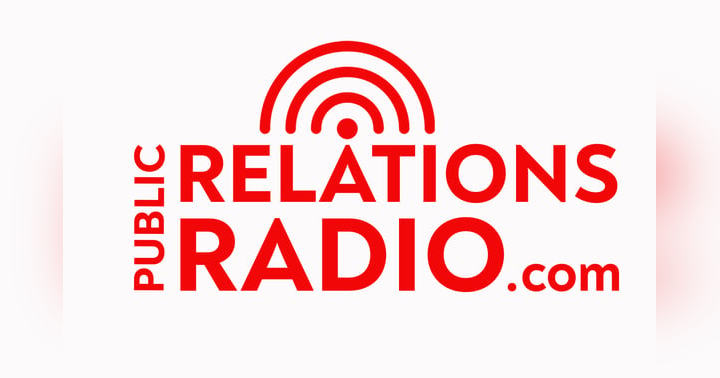Message, Chat, Repeat – A Communications Approach

What you say and what audiences hear often are two different things. Even when you are communicating clearly, it can sometimes feel like nobody is listening, especially when they misquote or misunderstand what you’ve said.
With so much noise emanating from traditional and new media channels today, you can imagine how confusing it might be for a harried television viewer to pay close attention to anything you say.
When important issues are at stake, how can you make sure your messages reach their intended audiences? Here’s one approach that could help you improve communication with audiences.
Communicate Early
You don’t have to get up at daybreak to communicate early. But you should always be thinking how to be the first to speak with your audiences about issues important to them. You want to be first because being first allows you to better control the story. If you’re the last to communicate an issue, you’ll find yourself cleaning up a mess that neither you nor your publics deserved. Also, be sure to identify issues, like legal or political concerns, that could slow down an announcement and address them in advance.
Communicate Often
Most organizations would prefer to have as little media contact as possible. Their communications teams often are content to wait for the phone to ring. But merely responding to media calls is the wrong approach. Waiting for reporters to ask questions is not leadership. It’s surrender. If you want to improve the public’s understanding of your plans, then talk about them as often as possible. Develop a message. Invite journalists to discuss the issue with you. And then do it again. And again. Message, chat, repeat. When you are the one deciding how to engage the media on your issue, you’ll know you’re doing it right.
Communicate Everywhere
If your message is important, why would you only share it with the news media? It should be everywhere. On billboards. On social media. At bus stops. In newsletters and emails. Saturate every media channel you can think of with your message. This creates an echo chamber that will start to resonate with your audience. If your message is everywhere, people will hear it more and understand it better.
Don’t Give Up
Sometimes, organizations mistake their own awareness for the awareness of their audience, only to fail because they stopped communicating before the goal was achieved. It is true that if you are successful with this approach, you will grow very tired of the message very quickly. But remember, you are not the audience. Nobody in your community wakes up in the morning hoping they’ll hear from you. They’re not holding their breath at work wondering when you’ll begin speaking to them. The only way to make sure the majority of people in your audience understands your plans is to communicate with them through a determined and disciplined approach. Message. Chat. Repeat.
By Robert Johnson, Strategic Communications Officer, Riester Public Affairs, Washington, D.C.






